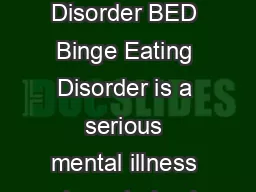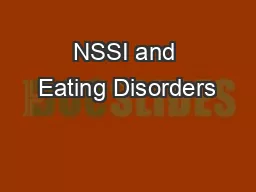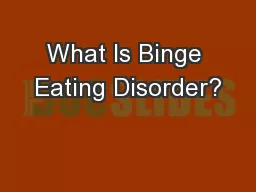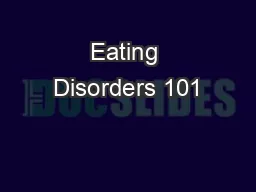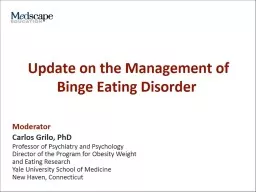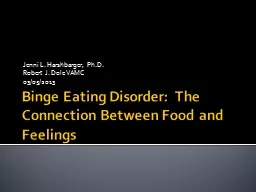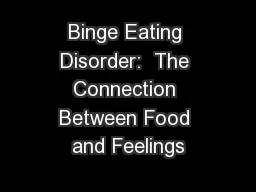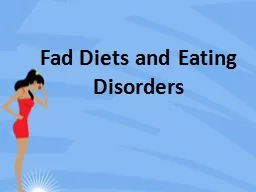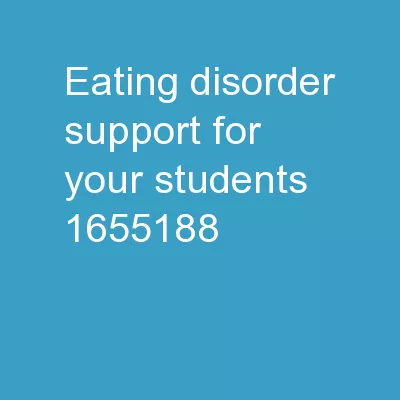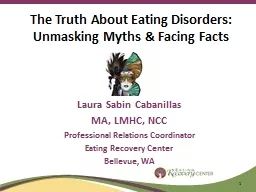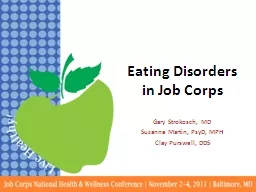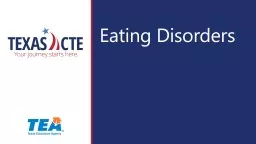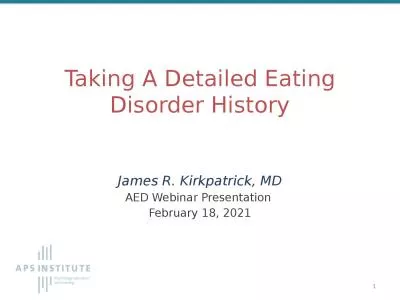PPT-For the Public to Understand the Mind of an Eating Disorder
Author : myesha-ticknor | Published Date : 2016-02-25
Bulimia nervosa Tori Hansen Defining eating disorders An eating disorder is an unhealthy relationship with food and weight that with many areas of a persons life
Presentation Embed Code
Download Presentation
Download Presentation The PPT/PDF document "For the Public to Understand the Mind of..." is the property of its rightful owner. Permission is granted to download and print the materials on this website for personal, non-commercial use only, and to display it on your personal computer provided you do not modify the materials and that you retain all copyright notices contained in the materials. By downloading content from our website, you accept the terms of this agreement.
For the Public to Understand the Mind of an Eating Disorder: Transcript
Download Rules Of Document
"For the Public to Understand the Mind of an Eating Disorder"The content belongs to its owner. You may download and print it for personal use, without modification, and keep all copyright notices. By downloading, you agree to these terms.
Related Documents


